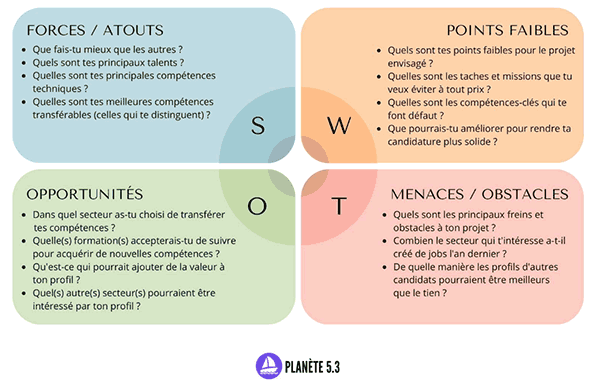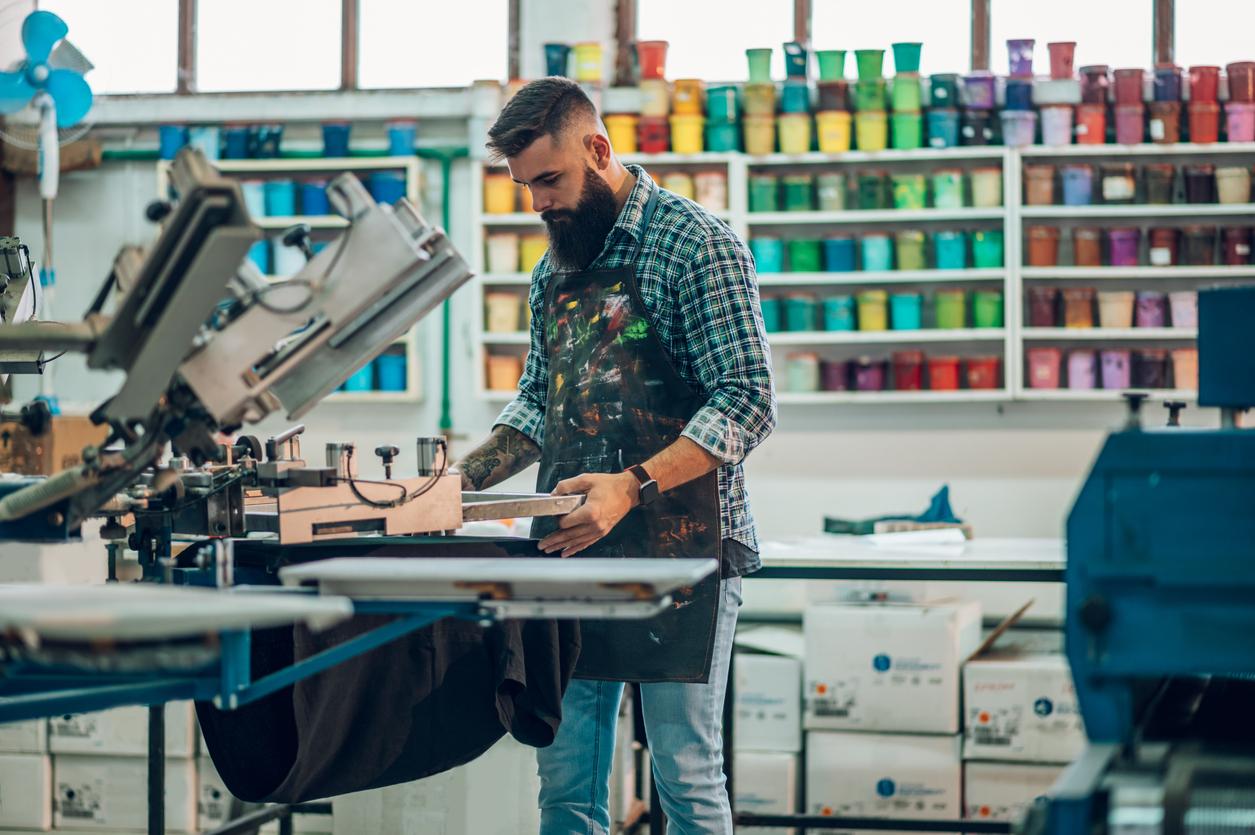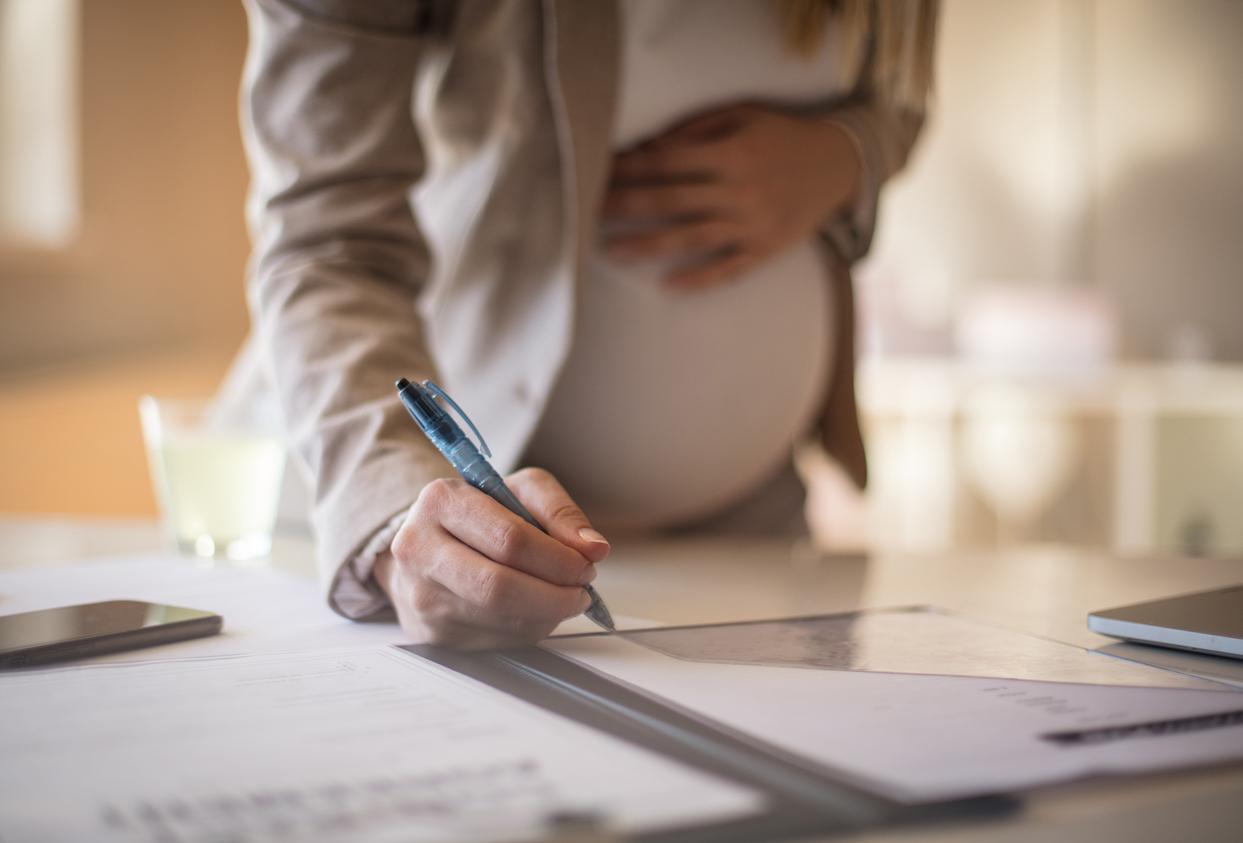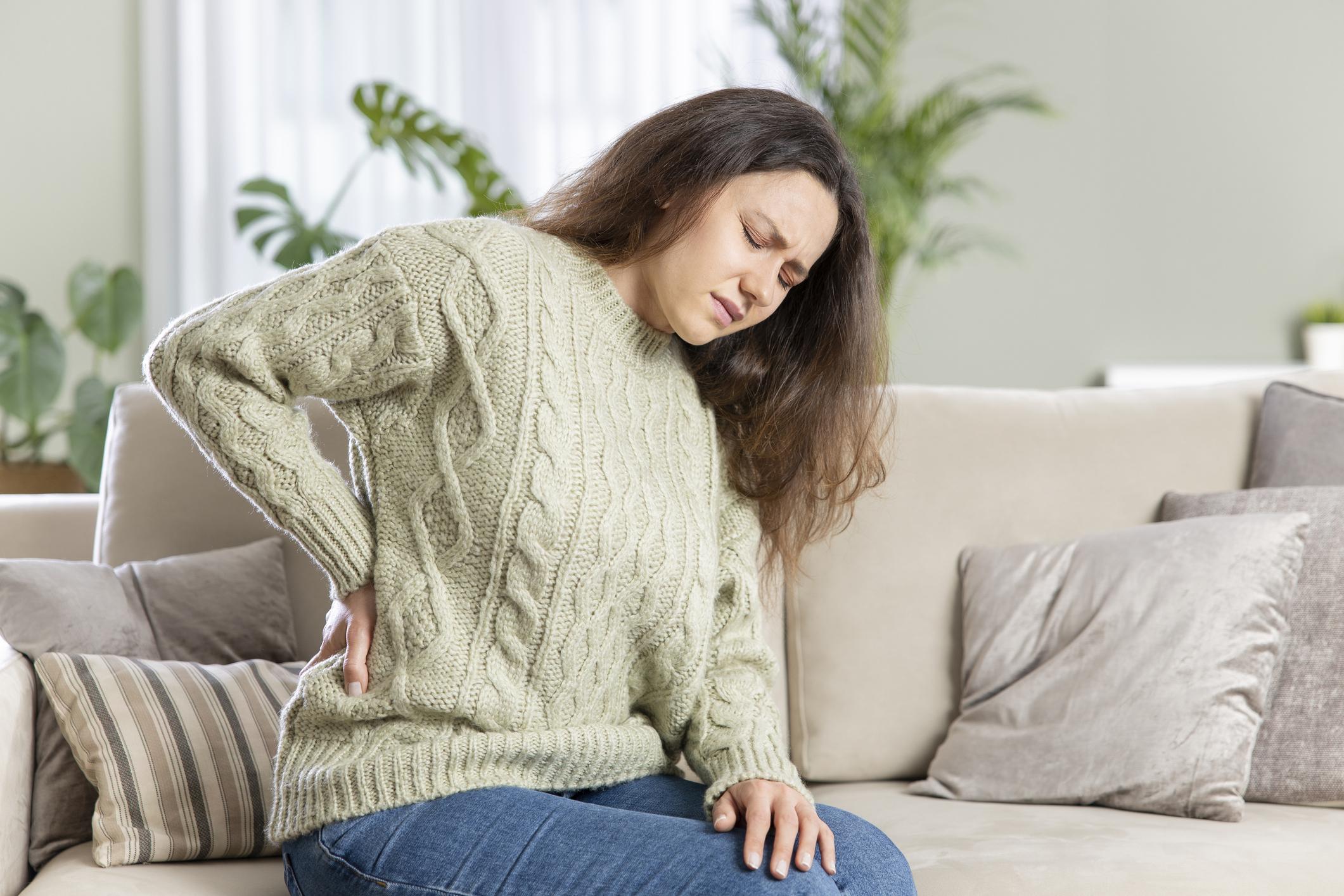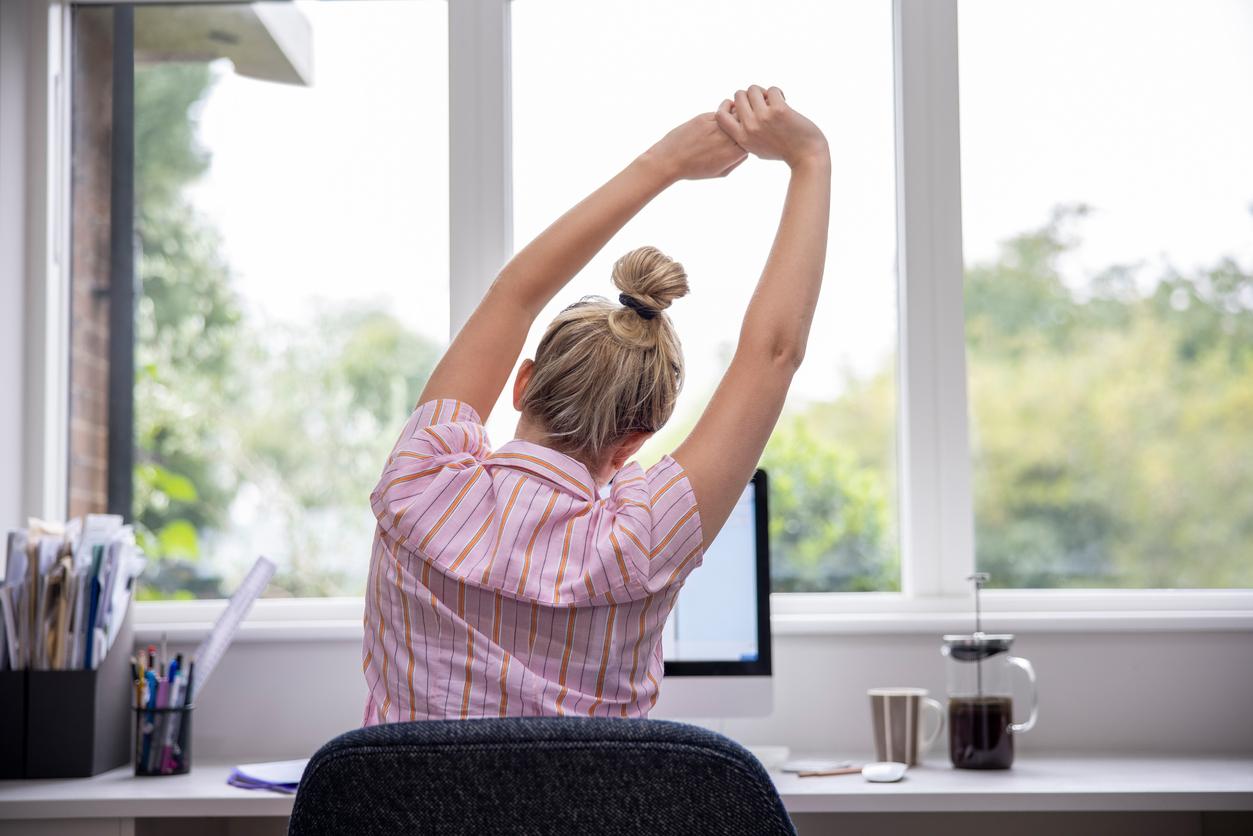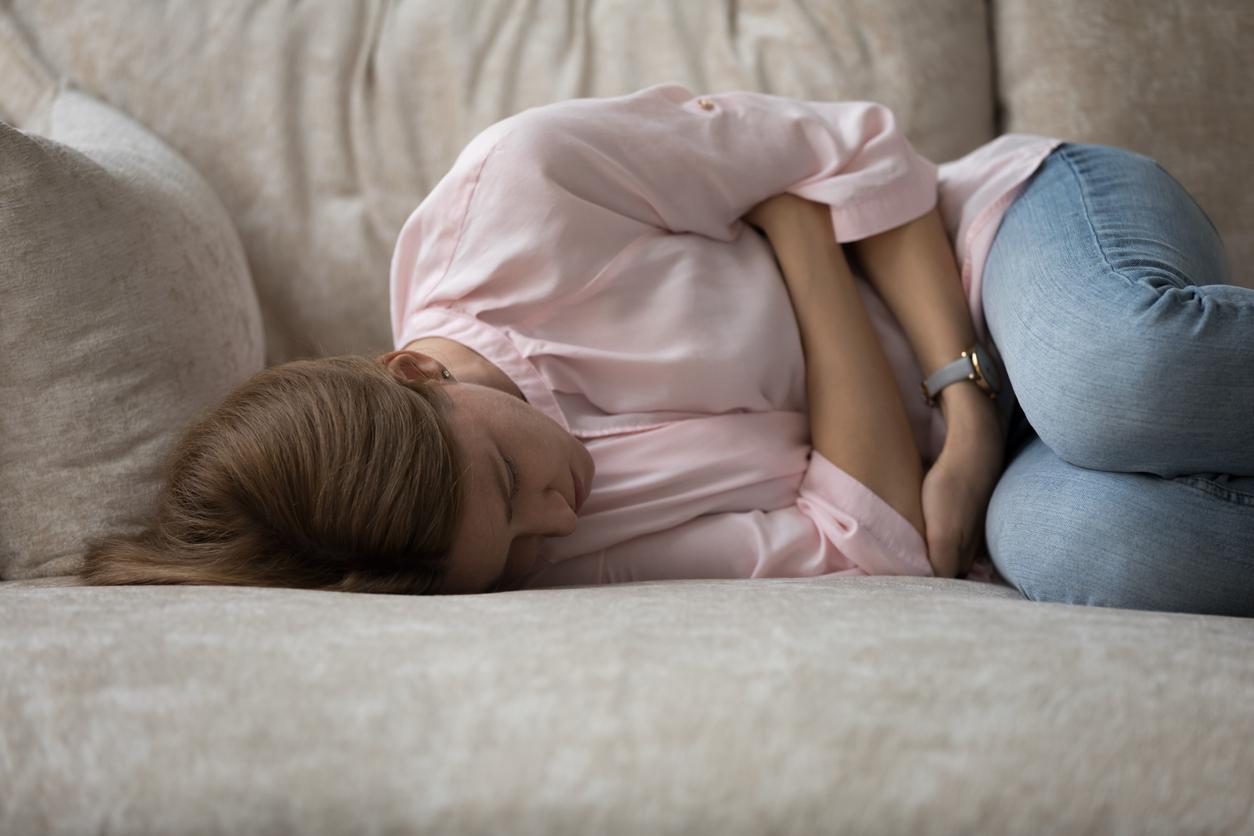An Australian study on sit-stand desks shows that employees feel more dynamic at work. But you have to use them gradually.

A new trend in companies, “sit-stand” desks can limit the time employees spend seated at the back of their chairs. While the benefits of this reduction in physical inactivity have already been shown, an Australian study warns of the transition to standing, which can lead to some pathologies.
Prolonged sitting comes with an increased risk of cardiovascular disease and type 2 diabetes, according to Dr Josephine Chau, a researcher at the University of Sydney’s School of Public Health and head of the study. Conversely, manufacturers sell sit-stand desks on the idea that they energize workers and increase productivity.
Back pain lurks
According to the Australian researcher, “in employees who work standing for too long, problems can appear, such as varicose veins or lower back pain.” These pathologies occur when workers radically change their work position overnight.
Dr. Chau likens this transition to a marathon, not a sprint. “Your body has to adapt, so if you go from zero to two hours of standing a day it might be quite uncomfortable.” It also alerts women wearing high heels, for whom prolonged standing may be complicated.
Good results, especially for employees
The study, carried out under real working conditions in an Australian call center, confirmed the benefits on morale from standing work. Employees said they were more satisfied with their work and had more energy. They also felt they were more productive.
“We had access to concrete productivity measures, wait times and call handling,” explains Dr. Chau. Over the 19 weeks of the study, no drop in productivity was recorded. “No significant increase either … Which should still reassure employers who are reluctant to invest in sit-stand desks.
For those who do not yet have access to this equipment but who would like to boost their dynamism, Dr Chau offers a few tips: “Go see your colleagues rather than sending them a message; drink more, you will have to go to the toilet more often, or use wastebaskets from neighboring offices ”.
.









